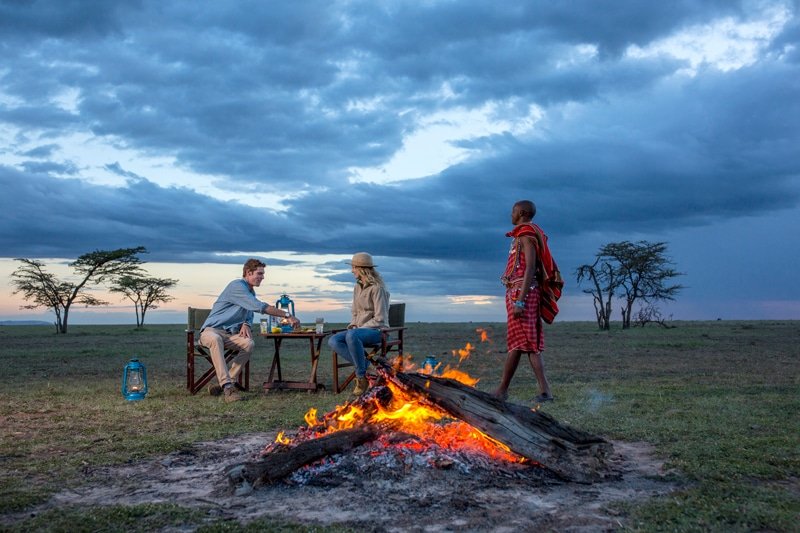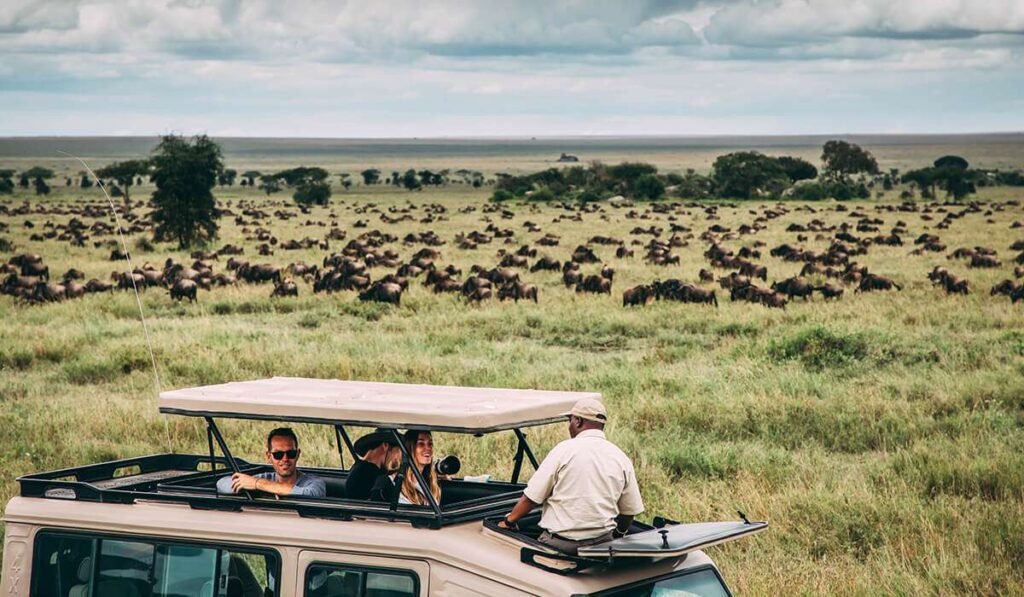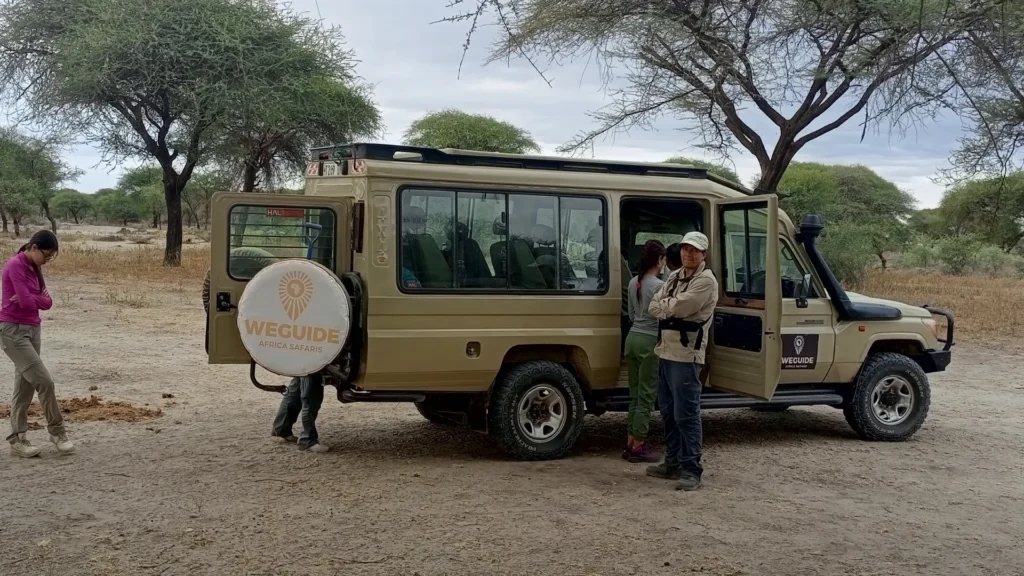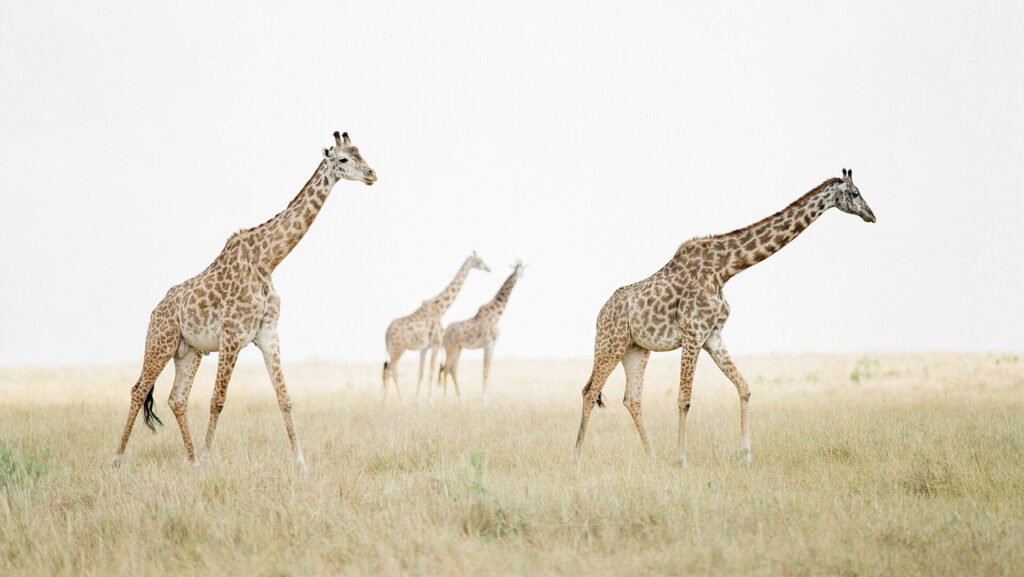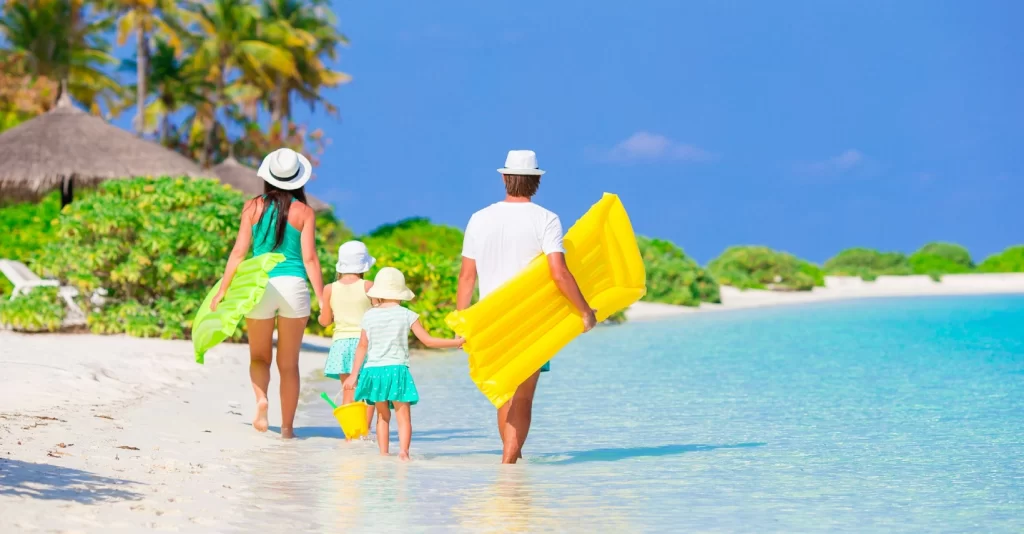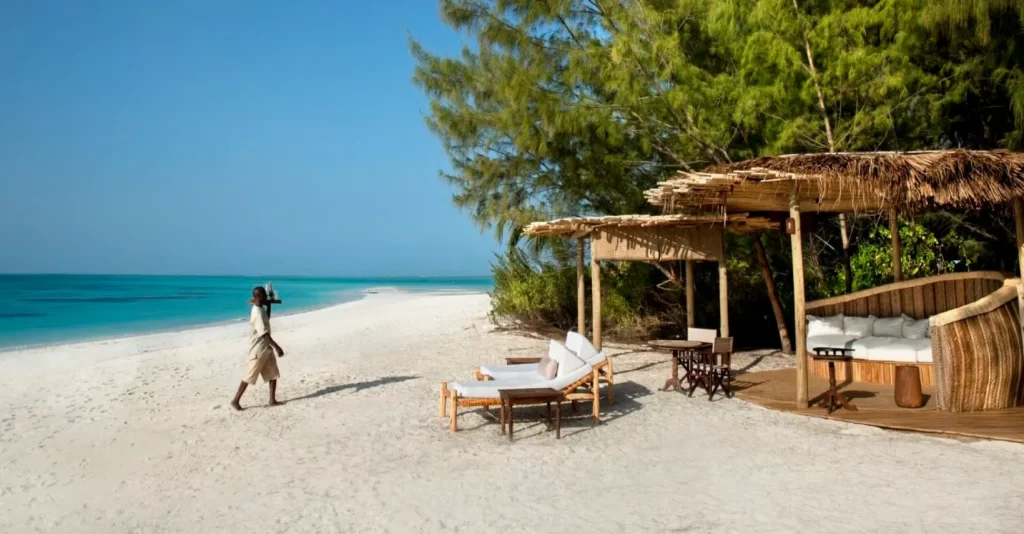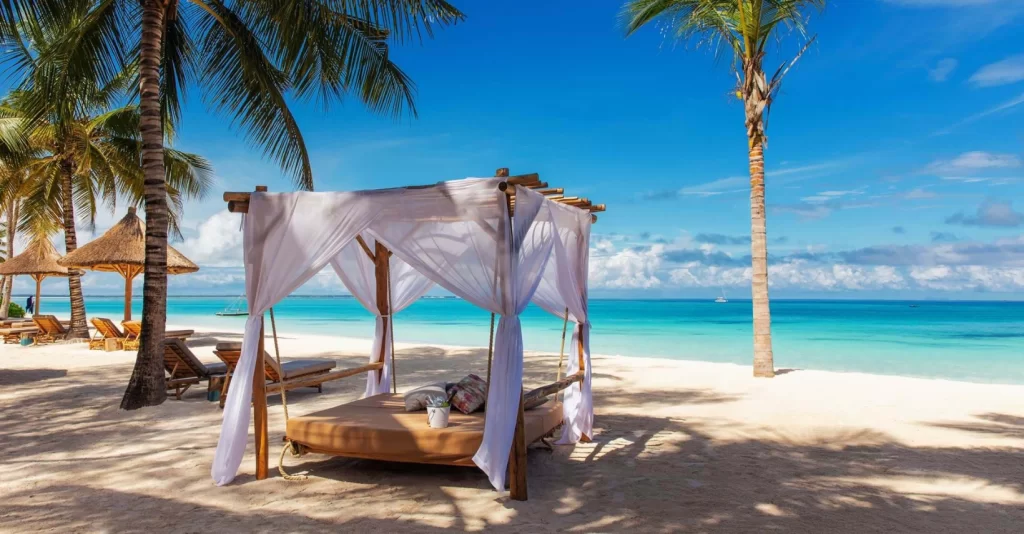Walking safaris in Tanzania offer extraordinary opportunities to experience African wilderness through intimate ground-level encounters with wildlife and nature. These authentic adventures allow visitors to explore ecosystems at a slower pace, discovering intricate details often missed during traditional vehicle safaris. Furthermore, professional guides share extensive knowledge about animal tracking, plant identification, and survival techniques used by local communities for generations.
The Serengeti ecosystem provides exceptional settings for walking safaris in Tanzania, particularly in remote areas away from vehicle traffic. Here, experienced guides lead small groups through pristine wilderness, following ancient animal paths and seasonal migration routes. Additionally, early morning walks reveal active wildlife behavior as animals emerge from nighttime shelters. Meanwhile, the vast plains offer unobstructed views of predator-prey interactions and natural phenomena.
Ruaha National Park ranks among the best places for walking safari in Tanzania, featuring diverse landscapes from riverine forests to open savannahs. This untamed wilderness supports large populations of elephants, lions, and rare African wild dogs. Moreover, walking in Tanzania’s largest national park provides opportunities to encounter species rarely seen elsewhere, including greater and lesser kudu, sable antelope, and roan antelope.
Tarangire National Park offers unique walking safari experiences focused on elephant behavior and baobab tree ecosystems. During dry seasons, massive elephant herds congregate around permanent water sources, creating spectacular viewing opportunities. Furthermore, the park’s distinctive landscape features ancient baobab trees that serve as landmarks and wildlife shelters.
Safety remains paramount during walking safaris in Tanzania adventures. Professional guides carry communication equipment and possess extensive wilderness training. Additionally, armed rangers accompany groups in areas with dangerous game. Moreover, all participants receive comprehensive safety briefings before departing.
Cultural elements enhance walking in Tanzania experiences significantly. Local communities share traditional tracking methods and medicinal plant knowledge. Furthermore, many walking safaris include visits to authentic villages where visitors learn about sustainable living practices. Ultimately, these ground-level adventures create deeper connections between travelers and Africa wild landscapes while supporting conservation efforts and local communities.
